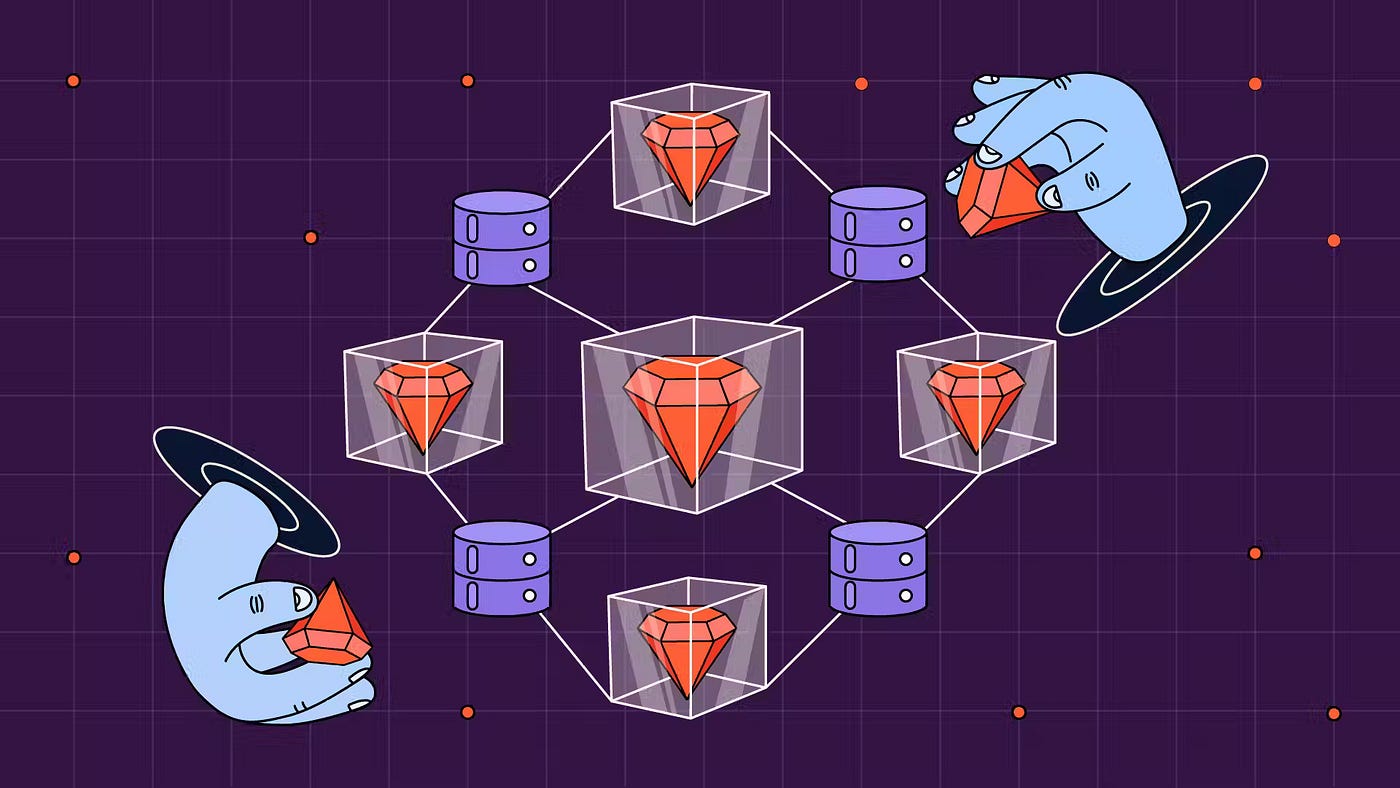Understanding Callback Execution Order and Avoiding Infinite Loops in Ruby on Rails
 Urvashi Nigam
Urvashi Nigam
When working with callbacks in Ruby on Rails, understanding their execution order and how to avoid pitfalls like infinite loops is crucial. Let's delve into an example to illustrate these concepts! 🚀
The Problem: Callbacks and Infinite Loops 🔄
Consider a User model with the following callbacks:
class User < ApplicationRecord
after_update_commit :update_user_name, if: -> { saved_change_to_status? && accepted? }
after_update_commit :update_user_age, if: -> { saved_change_to_status? && accepted? }
def update_user_name
update(name: "Aman") # Use update_columns to avoid callbacks
Rails.logger.debug "User name updated to: #{self.name}"
end
def update_user_age
update(age: "22") # Use update_columns to avoid callbacks
Rails.logger.debug "User age updated to: #{self.age}"
end
enum status: {
pending: 'pending',
accepted: 'accepted',
past_due_date: 'past_due_date',
cancelled: 'cancelled',
processing: 'processing',
analyzing: 'analyzing'
}.freeze
end
Why Only the First Callback Runs?
When updating status from pending to accepted, typically only the first callback executes due to:
- Execution Order: Callbacks run in the sequence defined within the model.
For instance:
# Rearranging the sequence
class User < ApplicationRecord
after_update_commit :update_user_name, if: -> { saved_change_to_status? && accepted? }
after_update_commit :update_user_age, if: -> { saved_change_to_status? && accepted? }
def update_user_name
update(name: "Aman") # Use update_columns to avoid callbacks
Rails.logger.debug "User name updated to: #{self.name}"
end
def update_user_age
update(age: "22") # Use update_columns to avoid callbacks
Rails.logger.debug "User age updated to: #{self.age}"
end
enum status: {
pending: 'pending',
accepted: 'accepted',
past_due_date: 'past_due_date',
cancelled: 'cancelled',
processing: 'processing',
analyzing: 'analyzing'
}.freeze
end
Now, you might observe: - output
User name updated to: Aman
How to Overcome This Challenge? 💡
To avoid triggering additional callbacks and maintain control over updates, consider using update_columns:
class User < ApplicationRecord
after_update_commit :update_user_age, if: -> { saved_change_to_status? && accepted? }
after_update_commit :update_user_name, if: -> { saved_change_to_status? && accepted? }
def update_user_name
update_columns(name: "Aman") # Bypass callbacks
Rails.logger.debug "User name updated to: #{name}"
end
def update_user_age
update_columns(age: "22") # Bypass callbacks
Rails.logger.debug "User age updated to: #{age}"
end
enum status: {
pending: 'pending',
accepted: 'accepted',
past_due_date: 'past_due_date',
cancelled: 'cancelled',
processing: 'processing',
analyzing: 'analyzing'
}.freeze
end
Summary
Execution Order: Callbacks are executed sequentially as defined in the model.
Conditional Checks: Conditions (
saved_change_to_status? && accepted?) ensure callbacks run only when specific criteria are met.Callbacks and Data Integrity: Utilize methods like
update_columnsjudiciously to prevent unintended callback chains and maintain data integrity.Additional Note 📝
This approach with
update_columnsis suitable when updating attributes that don't requireupdated_attimestamps or validation callbacks. It's a powerful tool in your Rails arsenal, allowing fine-grained control over updates without triggering cascading callbacks.
By exploring these concepts, we deepen our understanding of Rails development practices and foster a community of shared knowledge. Happy coding! 👩💻👨💻
Subscribe to my newsletter
Read articles from Urvashi Nigam directly inside your inbox. Subscribe to the newsletter, and don't miss out.
Written by
